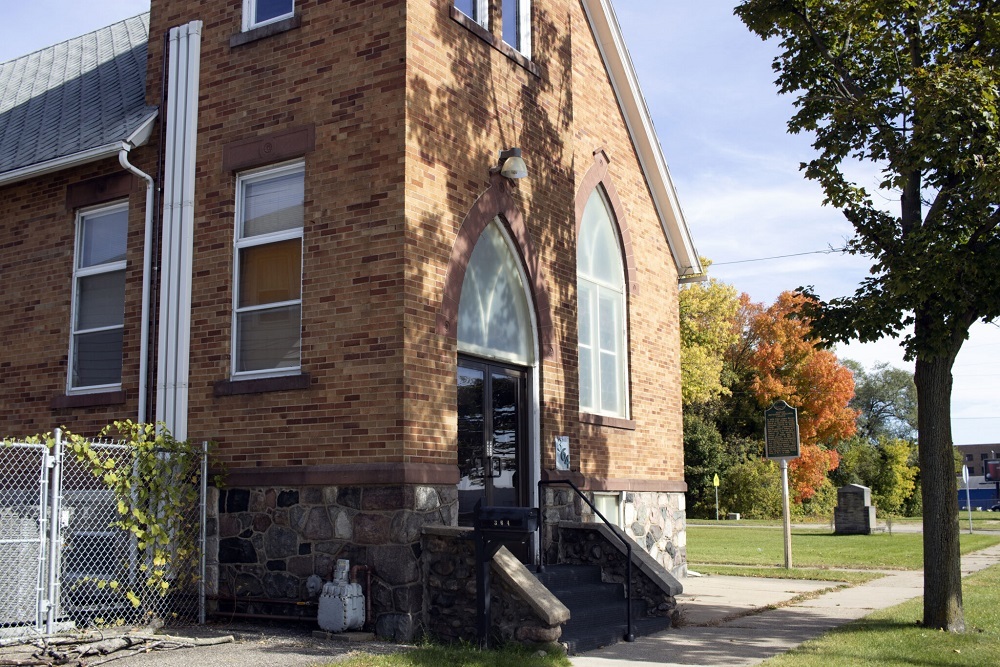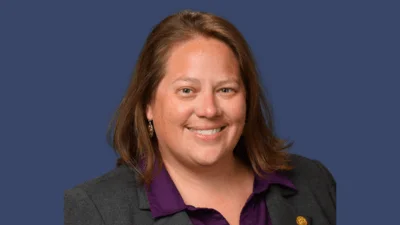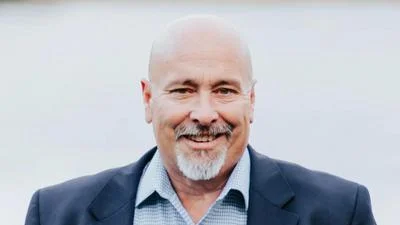Source: Calhoun County Visitors Bureau
Source: Calhoun County Visitors Bureau
Calhoun County Visitors Bureau issued the following announcement.
Perry Sanford escaped from a Kentucky plantation, avoided slave catchers and ended up in Battle Creek. He was one of the African-American pioneers to begin a long, rich history in this city that was a major station on the Underground Railroad and home to activist Sojourner Truth.
There are a number of memorials and historical markers to explore around downtown Battle Creek. The Calhoun County Visitors Bureau has put together a self-guided tour of some not-to-miss sites.
If you’re looking for an expert or tour guide, email Communications Manager Annie J. Kelley at annie@battlecreekvisitors.org. The CVB is working on putting together more self-guided tours, including a walking tour and mural guide.
WALKABLE
Sojourner Truth Monument (corner of North Division Street and East Michigan Avenue)
Sojourner Truth was a dynamic voice for abolition and suffrage. She was able to escape slavery, went to court to save her son and spent time helping African Americans transistion into post-slavery life after the Civil War. Visit the Sojourner Truth Monument on the corner of North Division Street and East Michigan Avenue. The sculpture is 12 feet high and depicts Truth standing at a lectern. Quotes and her signature have been incorporated into the design. It’s become a gathering place for demonstrations on social justice issues.
First United Methodist Church (111 E. Michigan Ave.)
Martin Luther King, Jr., came to speak in Battle Creek on March 21, 1960. It was less than a week after his brother had been arrested with other protestors who were staging a sit-in at a segregated cafeteria in Atlanta. The sermon was called “Paul’s Letter to American Christians,” one that he had first delivered to the Dexter Avenue Baptist Church in Montgomery, Alabama. https://youtu.be/7p5iOhXumaQ
The Battle Creek Enquirer and News shared pieces of the sermon: “The hour is late…The clock of destiny is ticking out and the survival of the nation is involved. Civil Rights are not something to be kicked around.”
King used the pulpit that the church still has today.
Right down the street from the church is a portrait of Martin Luther King, Jr., made with the words of his 1963 speech, “I Have a Dream.” You can find it in the lobby of the Battle Creek Police Department.
Underground Railroad Monument (1 Monroe St., Battle Creek)
Battle Creek was an important waystation on the Underground Railroad. You can find a monument commemorating this history near the W.K. Kellogg House park. It’s an impressive piece of artwork, at 28 feet long and 14 feet high. The bronze is shiny where countless hands have touched it. One side depicts Harriet Tubman leading people up North. Tubman actually never stopped in Battle Creek, but her ferocious spirit and contribution to freedom have been honored. On the other side is Quaker stationmasters Sarah and Erastus Hussey bringing passengers into their home.
Sojourner Truth Mural (corner of Capital Avenue and Michigan Avenue)
Across from Mill Race Park is a mural, one of the first art pieces created in Battle Creek for the annual Color the Creek festival. It depicts Sojourner Truth in a rainbow of colors against a stark background. The spot doesn’t necessarily have a tie to history, but it looks cool in photos.
DRIVING RECOMMENDED
Sojourner Truth footsteps (Quaker Park, 63 Groveland St.)
One unique Truth artifact can be found in Quaker Park. It was once the site of a meeting house for the Society of Friends. Sojourner Truth sang at the opening and her footsteps were preserved. You can find them in the park, with a plaque that says: “Stand in my footprints. Follow my vision. Sojourner Truth 1797-1997.”
Battle Creek Regional History Museum (307 W. Jackson St.)
To learn more about Sojourner Truth’s life story, go to the Battle Creek Regional History Museum. Tommy McLiechey is a fifth-generation descendent of Truth and an artist. He has drawn a series of panels depicting different episodes from his ancestor’s life, so you can follow along in her footsteps. The museum is open 10 a.m. to 5 p.m. Saturdays and noon to 5 p.m. Sundays. If you want a tour during the week, you can contact Doug Sturdivant at dcstur6600@aol.com.
Oak Hill Cemetery (255 South Ave.)
Sojourner Truth is one of the many notable people buried at Oak Hill. You can also find Perry Sanford, one of the city’s first African-American citizens, who escaped both slavery and a raid to return him to the plantation; John W. Patterson, who played baseball in the Negro leagues and was Battle Creek’s first African-American policeman; Maude Bristol Perry, the first woman mayor of Battle Creek; Floyd Dewain Bates, Harlem Globetrotter player; and Autry DeWalt Mixon, a.k.a. Junior Walker.
Mount Zion A.M.E. Church (364 W. VanBuren St.)
Mount Zion A.M.E. Church was the first organized black congregation in Battle Creek. When you stand in front, looking up at the stained glass windows, you’re looking at the church built in 1906. It is a Michigan Historic Site.
Early documents from the congregation’s beginnings are unavailable. It is known that around a dozen families were holding religious meetings in the 1850s with the Rev. James Brown. They eventually purchased land and built this church, which has been expanded through the years.
The African Methodist Episcopal Church was founded by Bishop Richard and Sara Allen in Philadelphia in 1787. They left St. George’s MEC when church officials would pull up black parishioners to keep them from kneeling while praying. The AMEC was a place African Americans could worship freely.
Sidenote: Across the street is New Level Sports, a nonprofit that provides after-school activities for kids. There are murals of famous athletes painted on the side of the building, including Tiger Woods, Simone Biles and Serena Williams. They were painted by Sintex, the same artist who did the Sojourner Truth mural.
William J. Hardy exhibit (Historic Adventist Village, 411 Champion St.)
William J. Hardy’s family were the first African-American members of Seventh-day Adventism. As supervisor of Gaines Township in 1872, it’s also believed he was the first African American to be elected to office in Michigan (the 15th Amendment was ratified in 1870). Hardy lived in Caledonia and converted to Adventism at a meeting.
There is an exhibit on the Hardy family and other early African-American pioneers in Adventism at the Historic Adventist Village. The exhibit is in a house where Harriett Henderson Tucker once lived. Harriett came North as part of the Underground Railroad when she was 2 years old. While she wasn’t a Seventh-day Adventist, she lived in an area of Battle Creek known as Advent Town. In respect of her neighbors, she wouldn’t hang out her laundry on Saturday, which is Sabbath day for the Adventists.
Rafaynee (97 W. Michigan Ave.)
If you’re hungry after all of that touring, stop at Rafaynee for a soul food dinner. Try chicken, ribs, Southern greens, mac & cheese, wash it down with sweet tea and follow with a slice of sweet potato pie. The owners will make you feel like you’re home, or at least a home where someone knows how to cook really good.
Original source can be found here.



 Alerts Sign-up
Alerts Sign-up